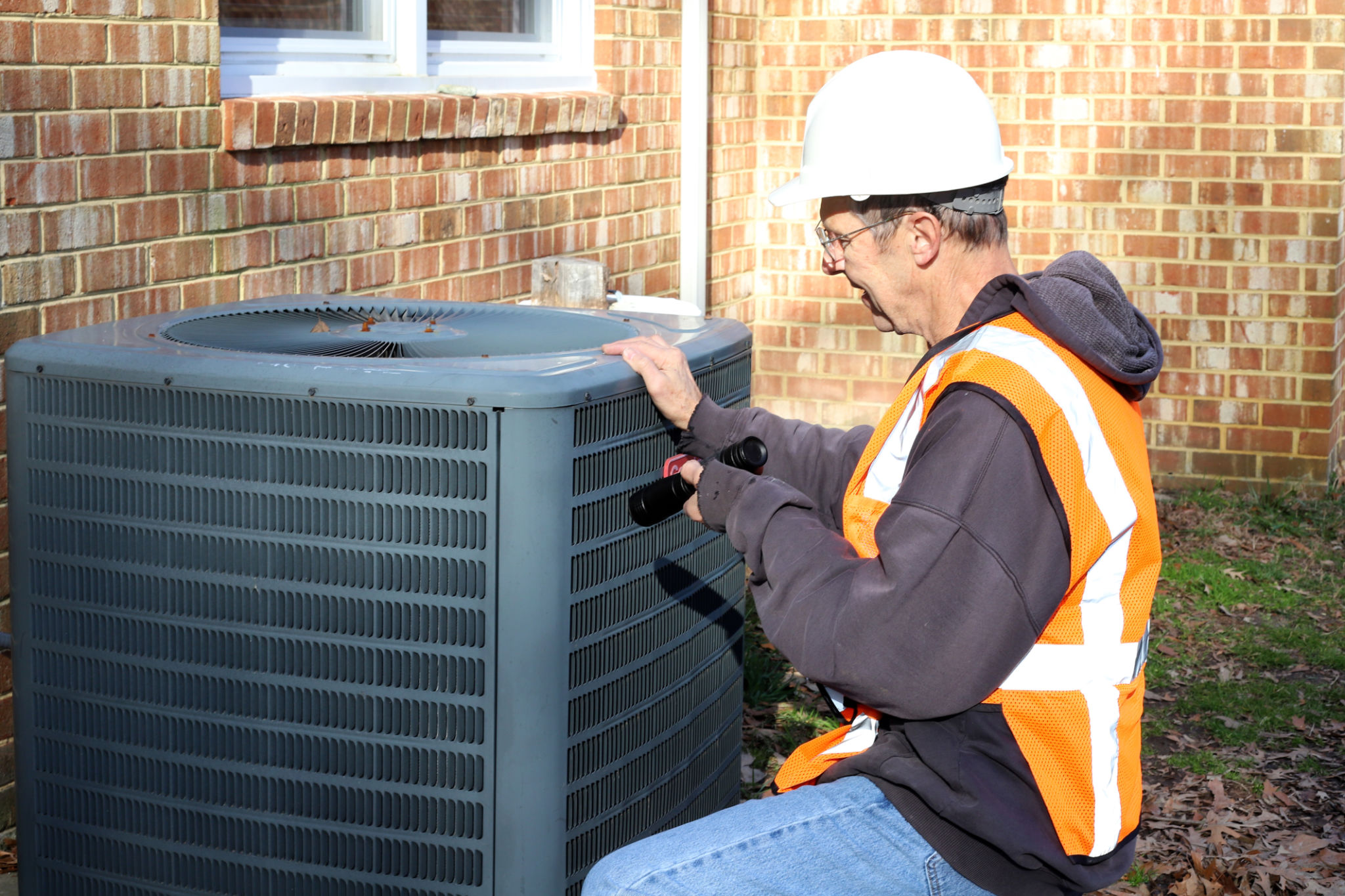Case Study: Successful HVAC Installations in Phoenix Homes
RA
Introduction to HVAC Installations in Phoenix
Living in Phoenix, Arizona, means dealing with hot summers and mild winters, making a reliable HVAC system essential for comfort. Over the years, various HVAC installations have proven successful in meeting the unique climate challenges of this region. This case study explores how certain installations have excelled in Phoenix homes.
Understanding the local climate and home architecture is crucial when installing an HVAC system. The goal is to ensure energy efficiency while maintaining optimal indoor temperatures year-round. Let's delve into some successful HVAC installation strategies that have been implemented in Phoenix homes.

Key Considerations for HVAC Installations
Understanding the Climate
Phoenix experiences extremely high temperatures in summer, often exceeding 100°F. Therefore, an HVAC system must be robust enough to handle prolonged periods of intense heat. High SEER (Seasonal Energy Efficiency Ratio) rated systems are often recommended due to their energy efficiency and cooling capabilities.
Home Design and Insulation
The architectural design of homes in Phoenix also plays a pivotal role in HVAC efficiency. Homes with proper insulation and smart window placements reduce the strain on the HVAC system. Insulating attics and walls helps maintain consistent indoor temperatures, minimizing energy consumption.

Successful Installation Strategies
Customized System Design
One of the most successful strategies involves designing a customized HVAC system that caters specifically to the layout and needs of each home. This includes calculating the precise load requirements and selecting appropriate duct sizes to ensure even distribution of air.
- Conducting thorough home assessments.
- Tailoring system specifications to meet individual needs.
- Ensuring compatibility with smart home technology for optimal control.
Regular Maintenance and Upgrades
Routine maintenance is critical for maintaining the efficiency and longevity of HVAC systems. Many homeowners in Phoenix schedule annual check-ups to ensure their systems are clean and functioning correctly. Upgrading older systems can also lead to substantial improvements in performance and energy savings.

Case Studies of Successful Installations
Case Study 1: The Smith Residence
The Smith family opted for a high-efficiency central air conditioning unit with a SEER rating of 20. Their choice paid off as they experienced a significant reduction in energy bills while enjoying consistent indoor comfort. The system was further enhanced by integrating a smart thermostat, allowing them to manage temperature settings remotely.
Case Study 2: The Green Home Initiative
A local initiative aimed at promoting eco-friendly home solutions saw several Phoenix homes equipped with solar-assisted HVAC systems. These systems utilized solar panels to augment power supply, thus reducing grid dependency and carbon footprint. Homeowners reported not only financial savings but also a sense of contributing positively to environmental conservation.

Conclusion
The success of HVAC installations in Phoenix homes is largely dependent on understanding the local climate, proper system design, and regular maintenance. By focusing on these aspects, homeowners can achieve significant energy efficiency and comfort. As technology advances, the potential for even more effective solutions continues to grow, promising a cooler, more sustainable future for Phoenix residents.
